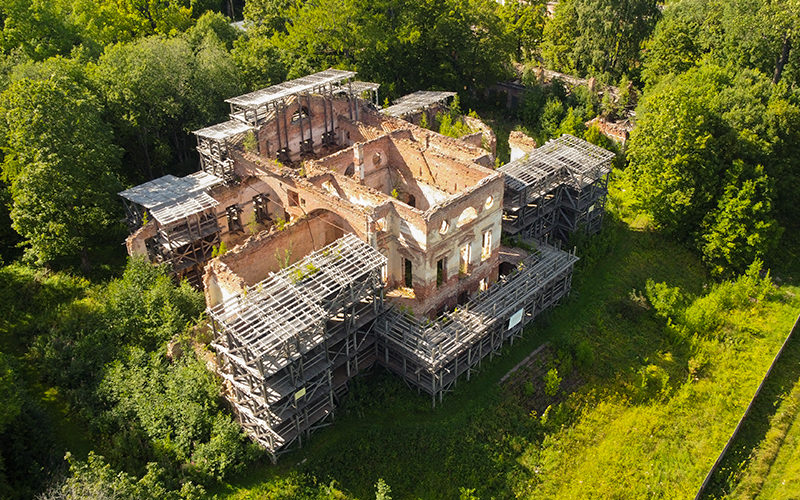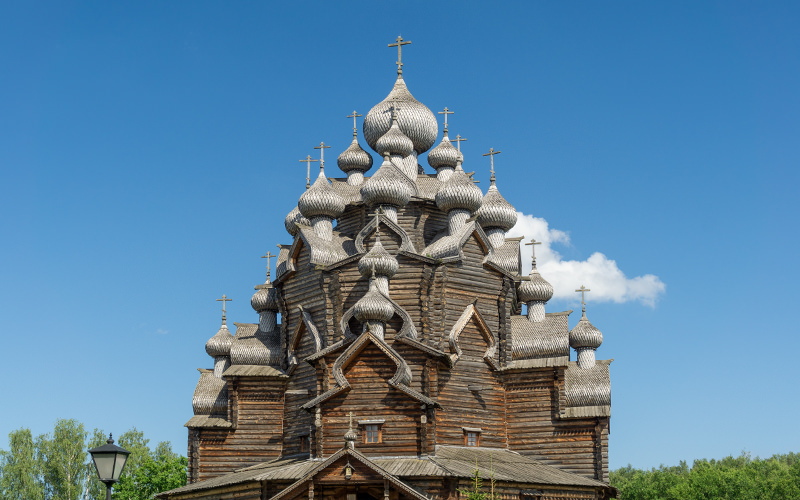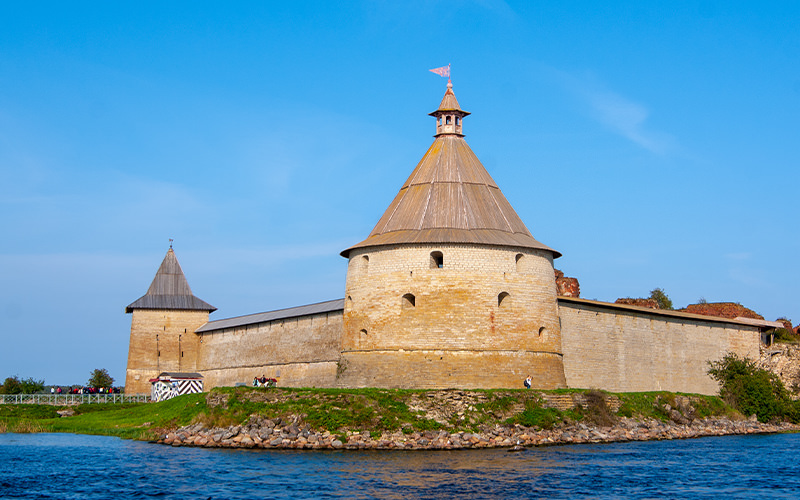What do a large number of Russians do during the May holidays? Right, they go out into nature. We weren't an exception and decided to combine a trip outside the city with an educational walk through the Gostiitsy Estate, located just a few dozen kilometers from Saint Petersburg.
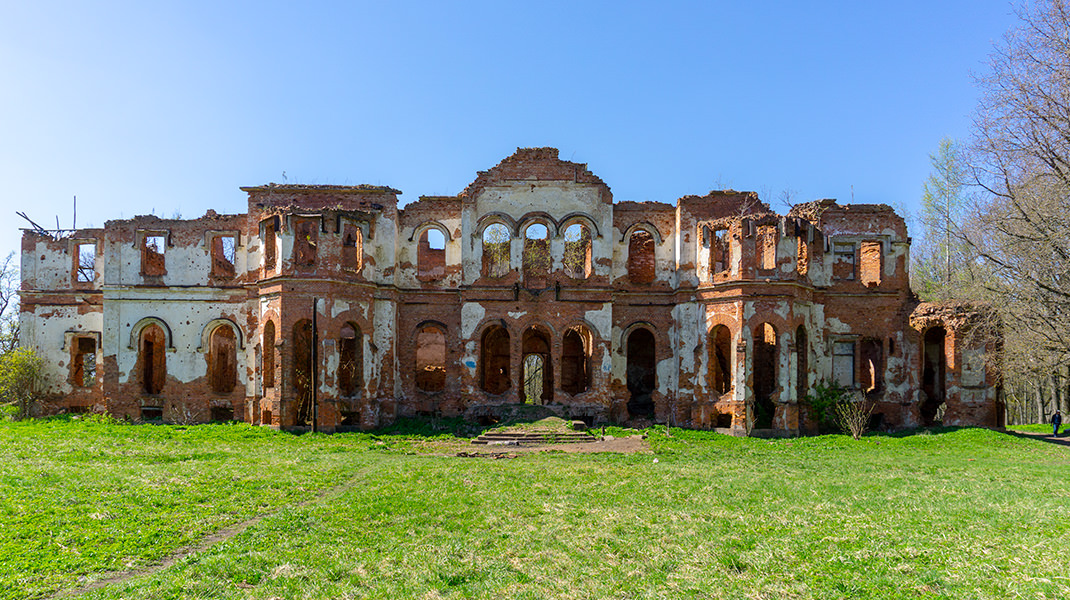
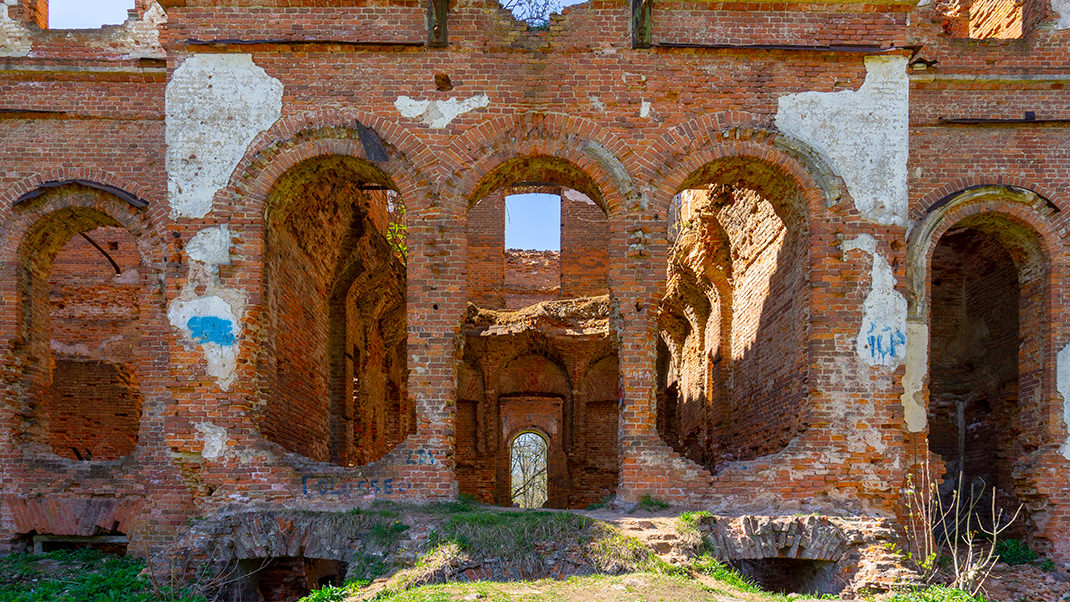
The village of Gostiitsy has a history dating back to the time of Peter the Great. One version of the origin of the name suggests that Gostiitsy comes from the word "guests." I don't know if that's true, but indeed, notable guests visited the estate. In the 17th century, the manor belonged to Alexei Razumovsky, the favorite of Empress Elizabeth Petrovna. And in 1748, future Empress Catherine II was a guest here.
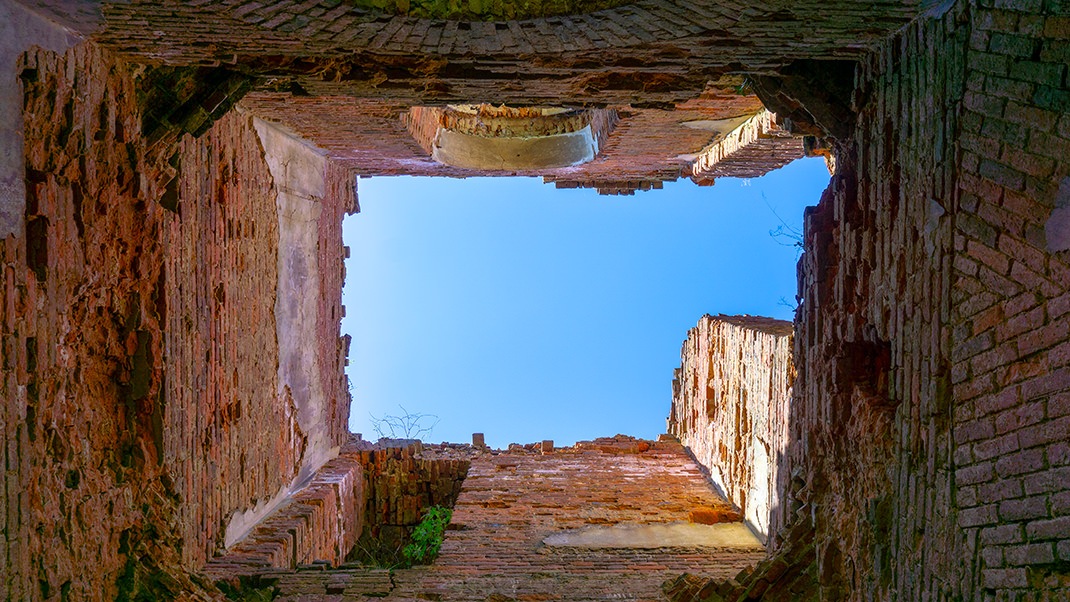
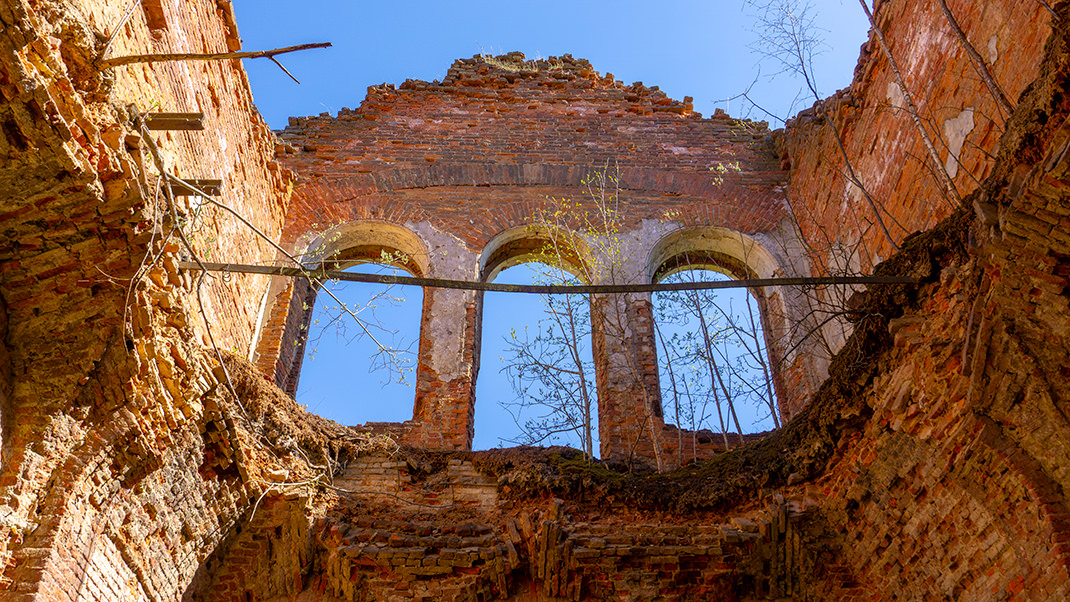
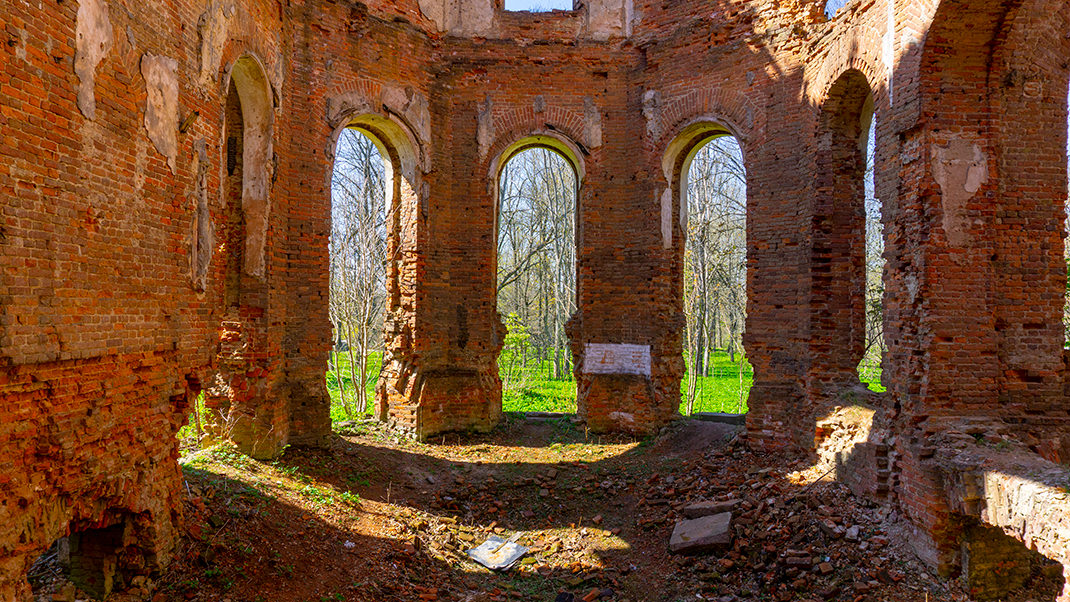
How to Get to Gostiitsy Estate
The road to the estate from Saint Petersburg is not the easiest. You can reach it by personal car, on bus No. 639A from the "Prospekt Veteranov" metro station, or by train to "Stary Peterhof" and then transfer to bus No. 463. A comfortable and pricier option for those who don't want to drive is a taxi from Petersburg.
The Gostiitsy Estate is located very close to the bus stop of the same name.
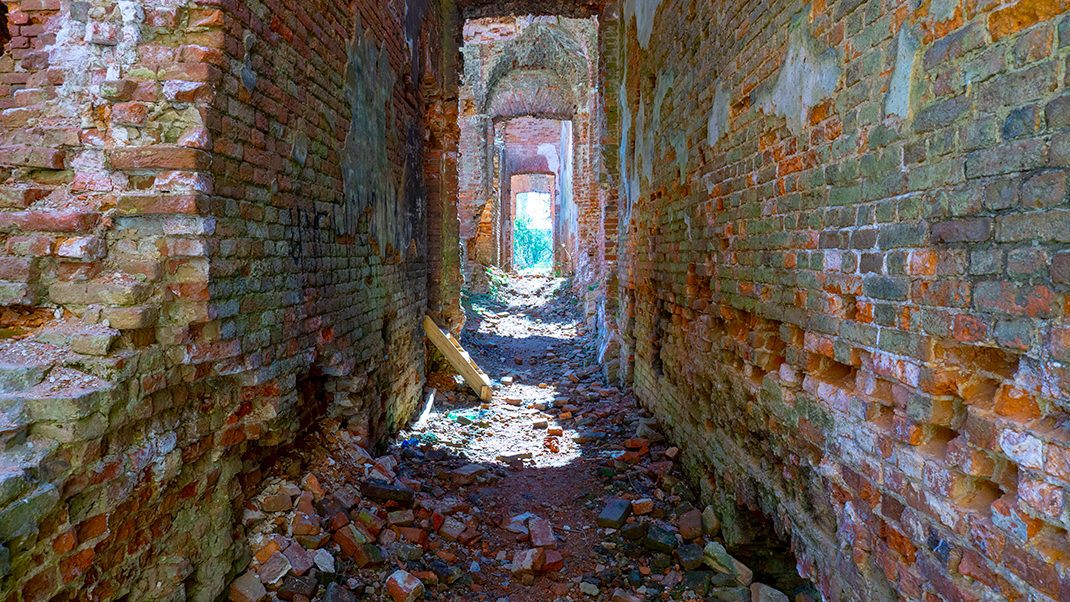
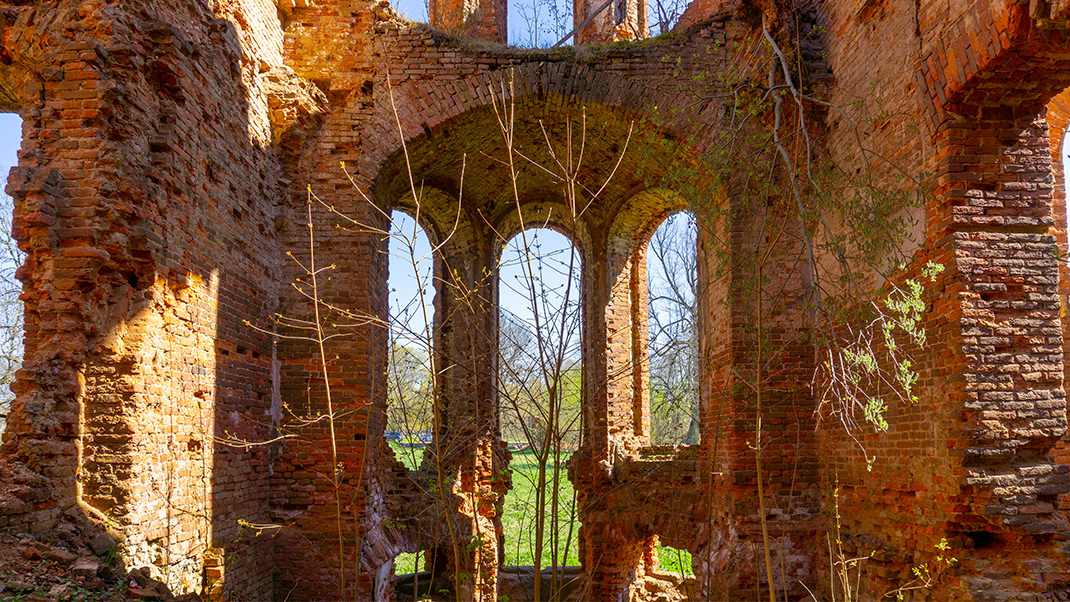
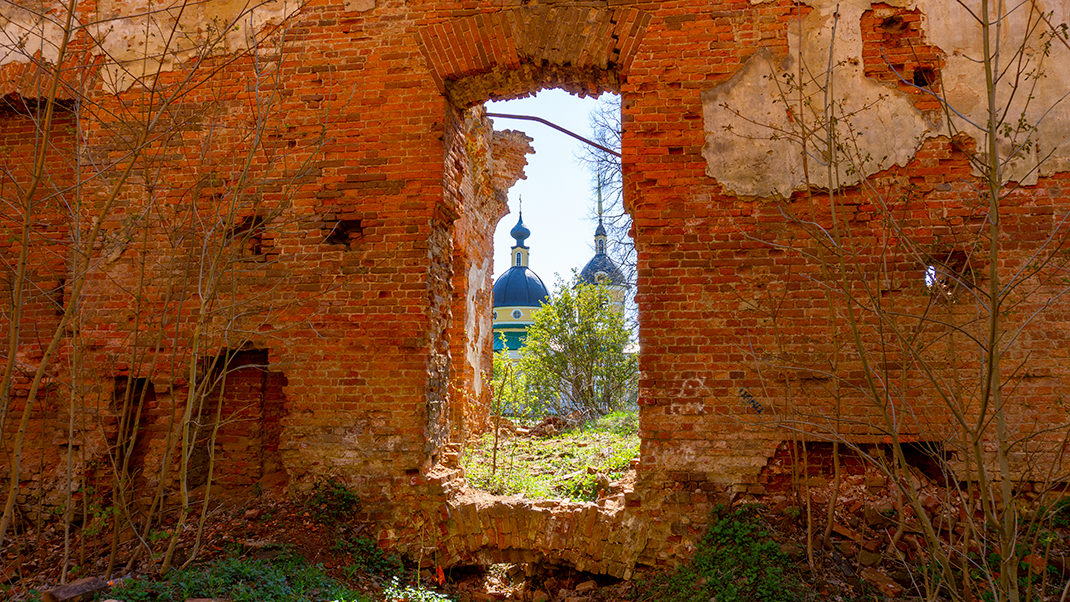
A Bit of History
In 1721, Peter I gifted the Gostiitsy Estate to his associate, the future governor-general of Saint Petersburg, Burkhard Christoph von Minich. He owned the estate for 20 years until he was exiled to Siberia during the reign of Peter's daughter, Elizabeth.
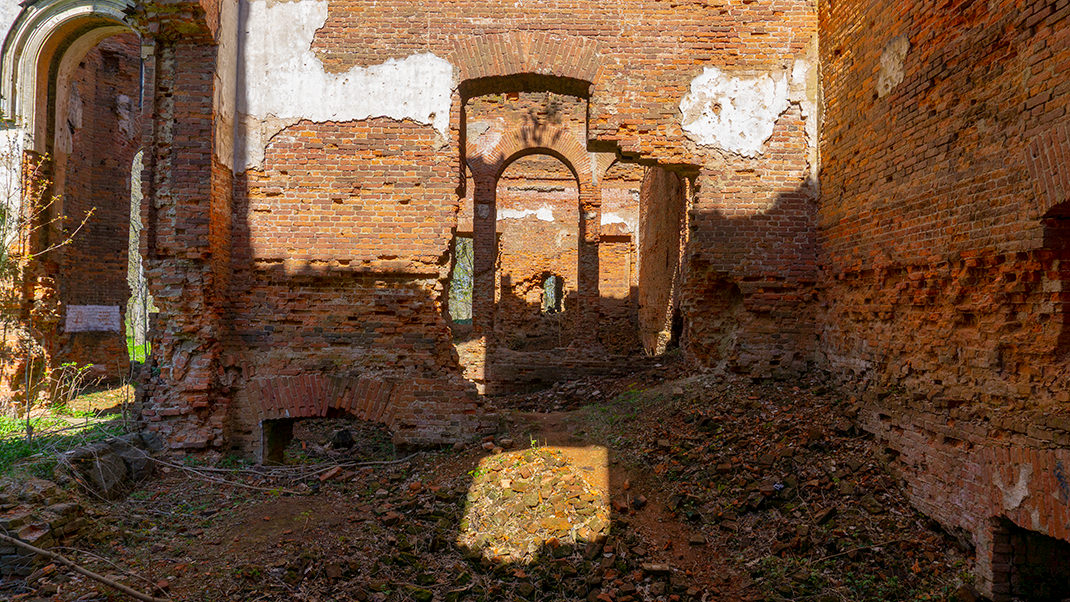
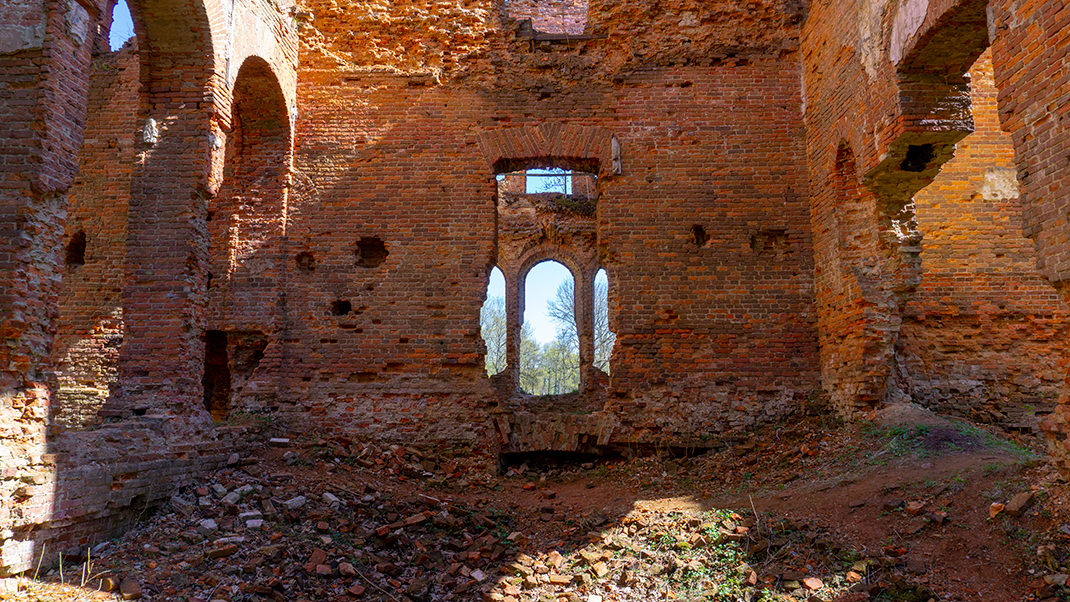
During Minich's time, a manor house, a mill, and a dyeing factory were built in Gostiitsy. Nearby, a playful fortress with earthen bastions was also constructed.
Elizabeth Petrovna later transferred the estate to her favorite, Alexei Razumovsky, with whom, according to legend, she entered into a secret marriage. It's worth mentioning Catherine II's visit to Gostiitsy. In 1748, Elizabeth Petrovna, Peter III, and Catherine visited Razumovsky's estate. On that day, due to design errors, the foundation of the house where Catherine stayed began to sink. The future empress was carried out of the collapsing building. Although she was injured when she fell onto the boards, fortunately, the incident ended well for her.
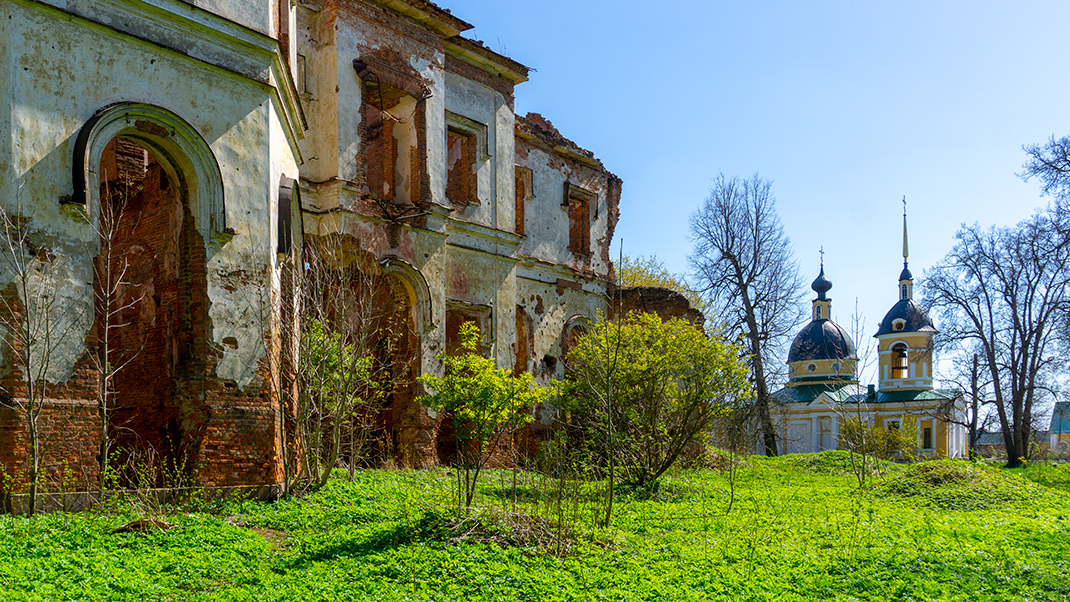
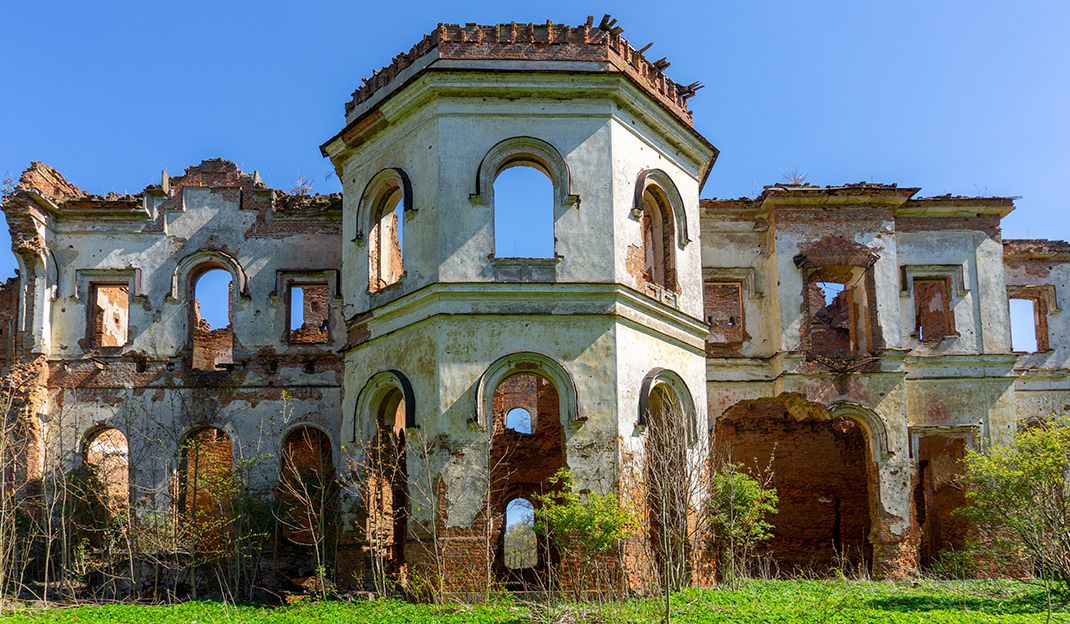
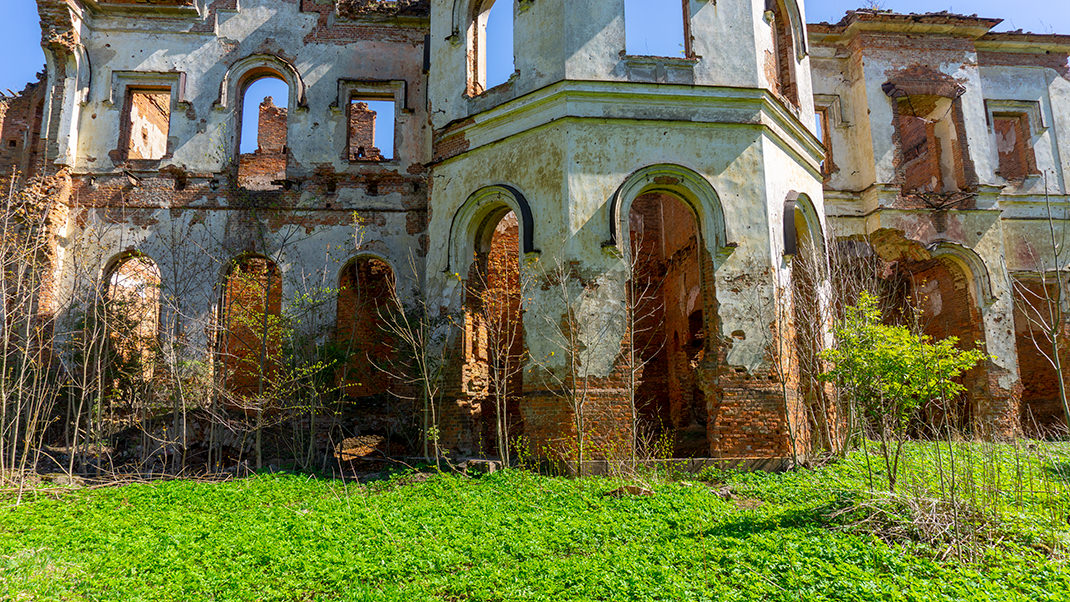
Over time, several generations of the Razumovsky family owned the estate. In 1824, the property was acquired by Alexander Mikhailovich Potemkin. Again, we can return to the name of Catherine the Great. Potemkin was a distant relative of her favorite, Prince Grigory Alexandrovich Potemkin-Tavricheskiy.
In 1845, a palace was built in Gostiitsy, the ruins of which we see today. The architect of the building was Andrei Ivanovich Shtakenshneider, who also constructed the Beloselsky-Belozersky Palace and the Nikolaev Palace on Labor Square.
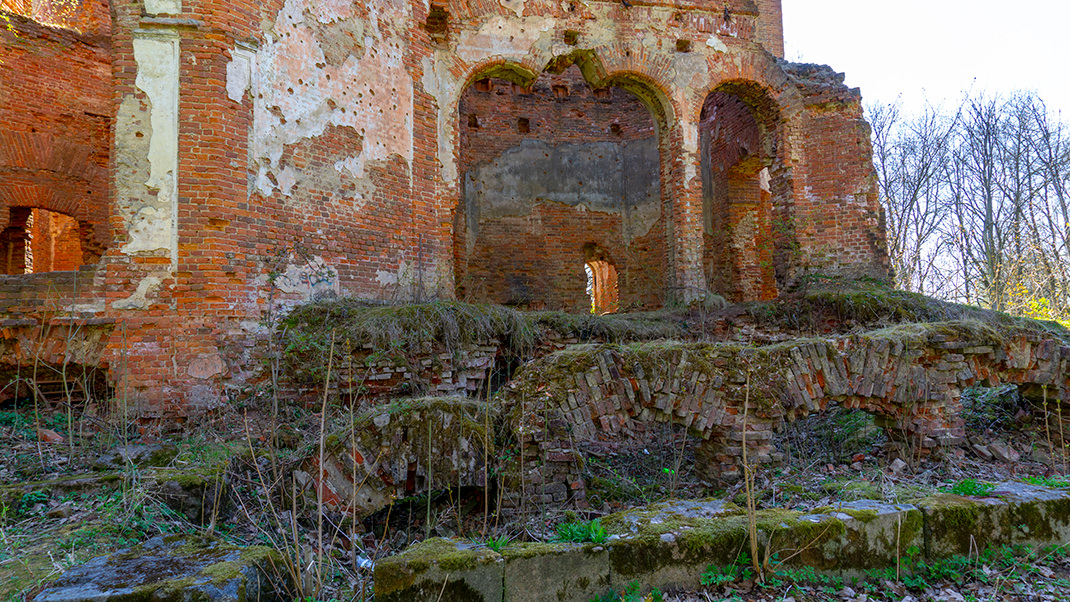
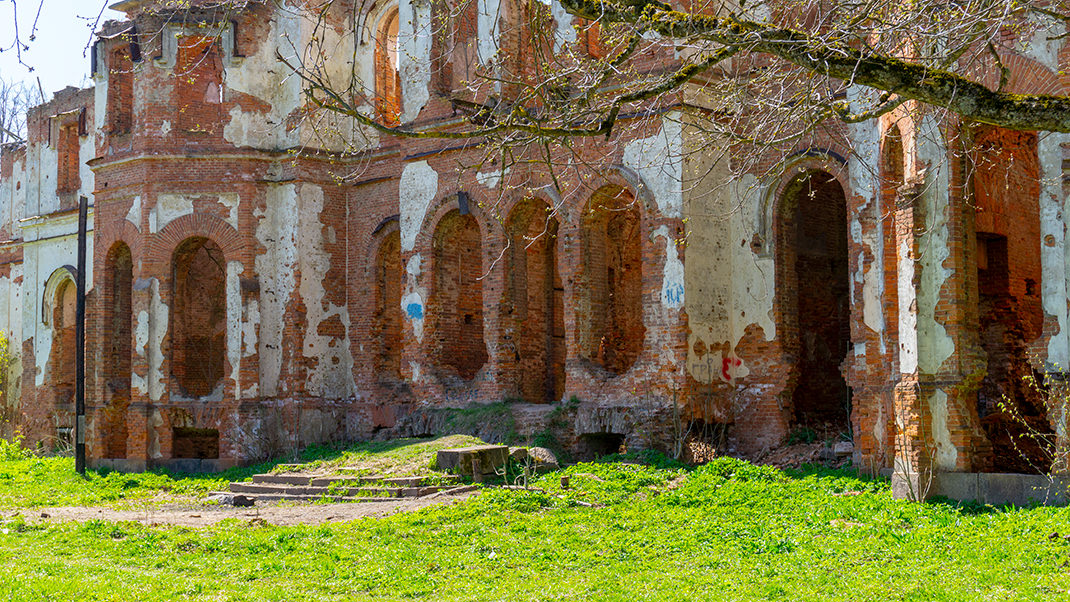
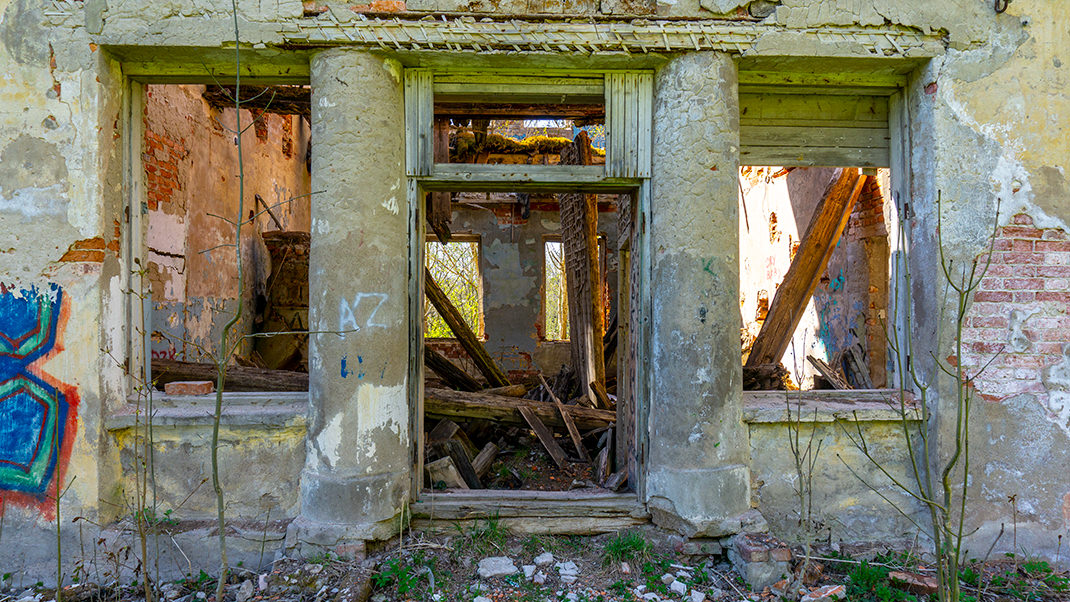
In the early 20th century, the estate was owned by entrepreneur Karl Fyodorovich Siemens. During the Soviet era, the Gostiitsy Estate became the site of the "Krasnaya Baltika" state farm. It’s also important to note that fierce battles took place here during the Great Patriotic War against the German army.
Today, the estate grounds feature several ruined and abandoned buildings, the largest of which is the palace. A few hundred meters to the west and northwest are two ponds. Directly across the road from the palace stands the restored Church of the Holy Trinity.
I want to warn future visitors of the estate: be extremely cautious while exploring the buildings, and watch your step and look up. The structure is very old, and no work has been done to prevent its deterioration.
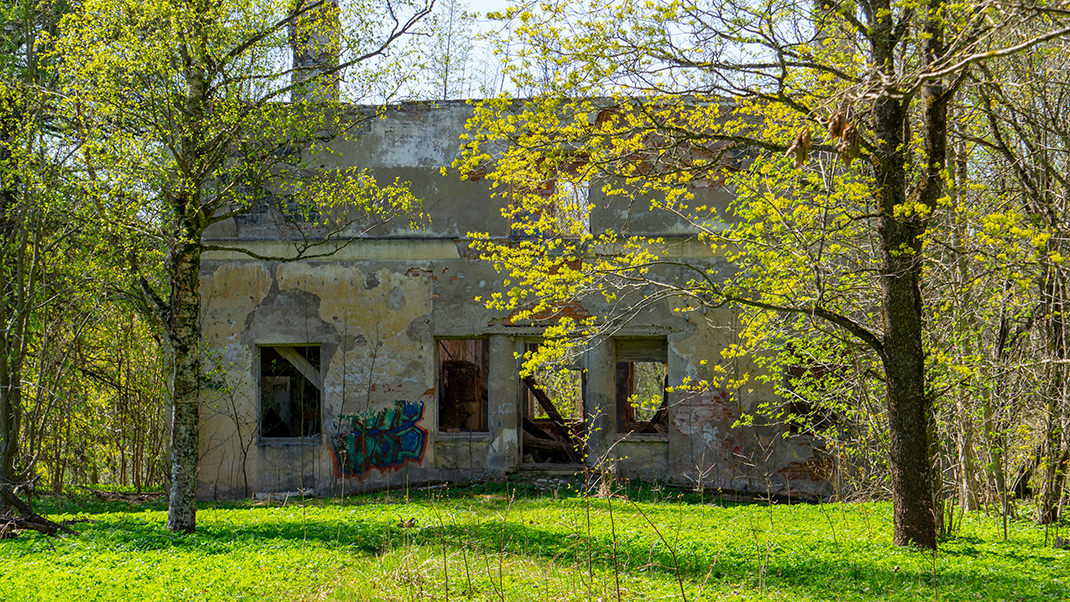
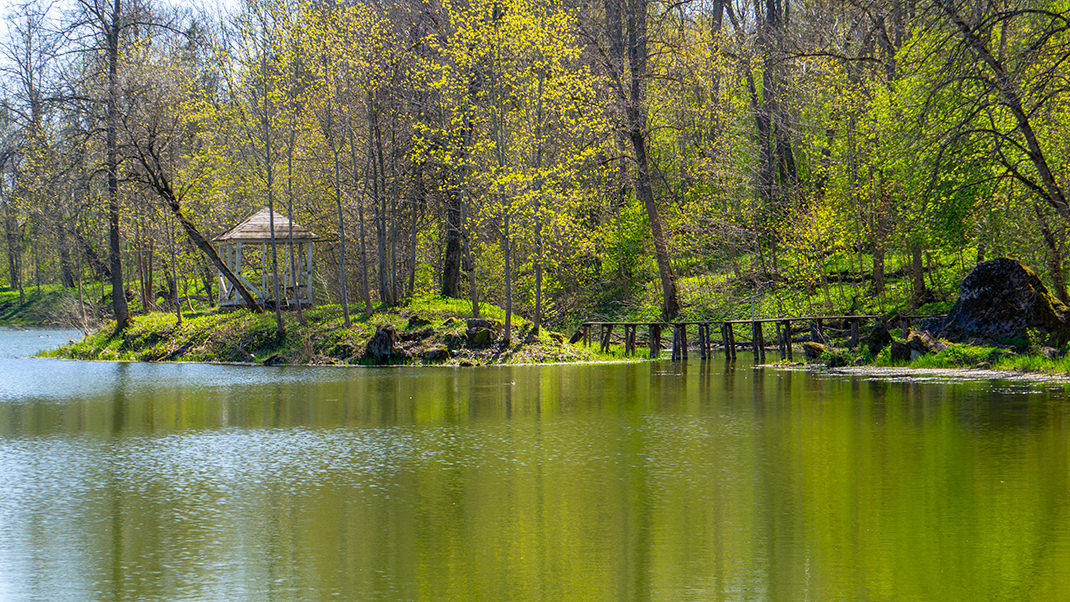
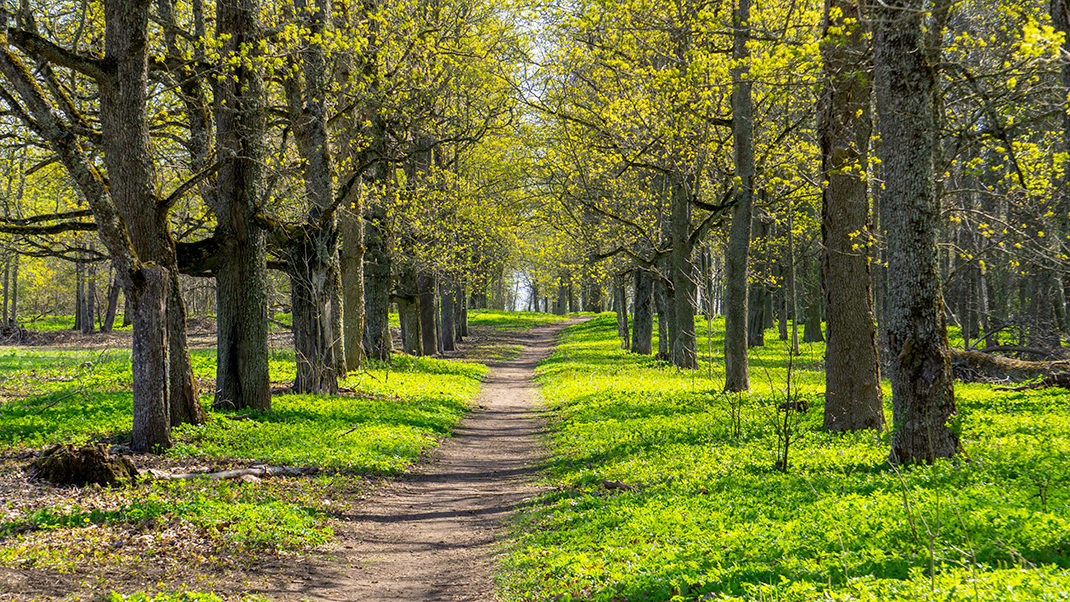
If you manage to visit this somewhat distant attraction from the city, I’m sure you’ll find it interesting to continue exploring Leningrad Oblast. For example, not far from Gostiitsy is the village of Lopukhinka, where you can find real radon lakes.
In summary:
- An interesting place for fans of "abandoned" sites,
- Getting to the estate takes quite a while,
- In warm weather, you can walk around and enjoy the ponds and abundance of greenery.


